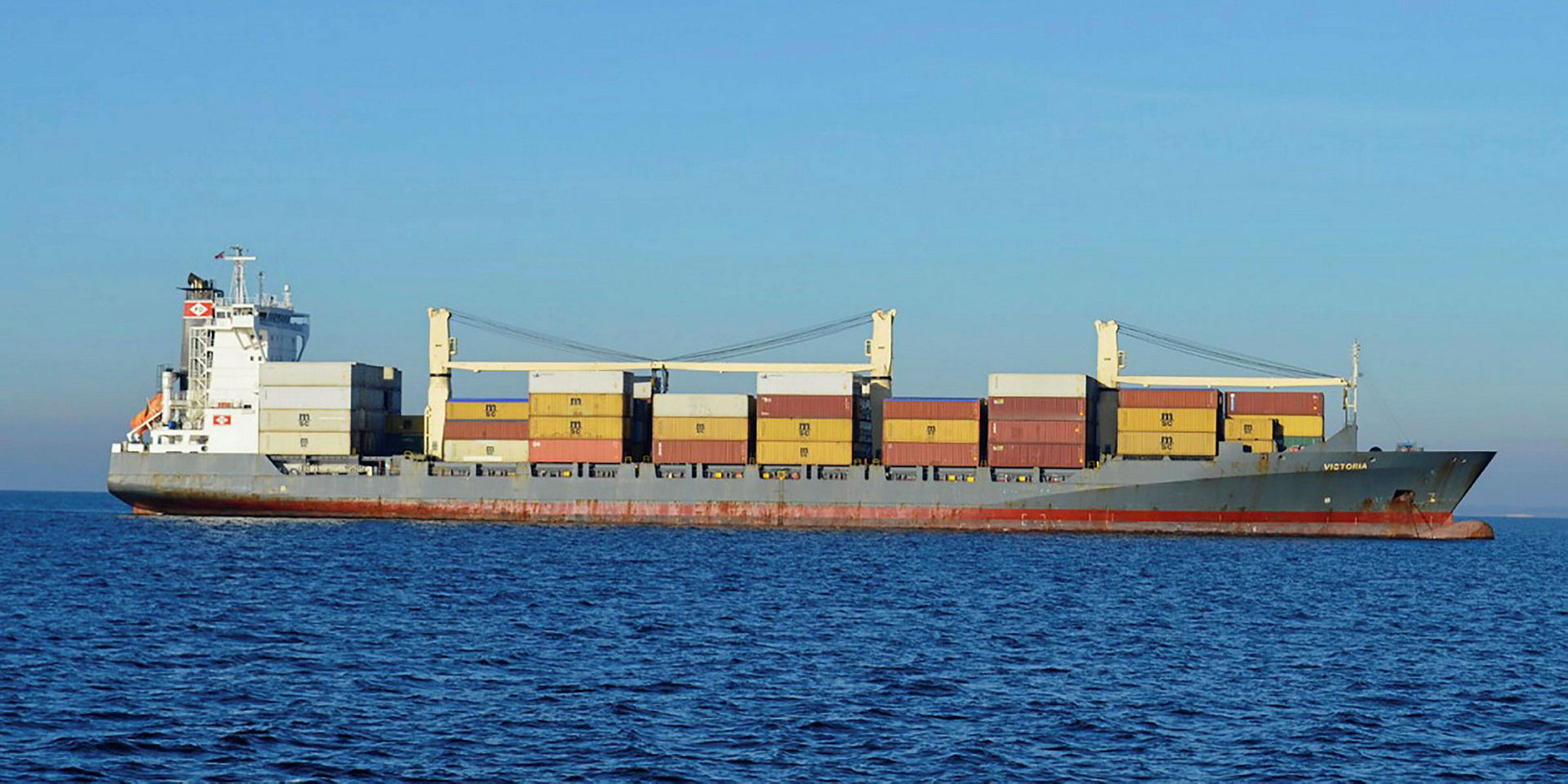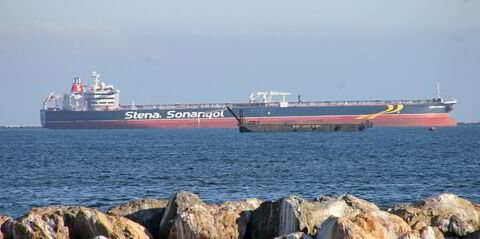Danish accident investigators have identified a combination of factors that led to the grounding of a Peter Dohle-managed containership at the entrance to the deepwater channel at Lillegrund near Skaw, Denmark, in February.
Although there was limited pollution following the incident involving the 1,678-teu Victoria (built 2004), the Danish Maritime Authority is treating it as a serious casualty.
With 720 tonnes of heavy fuel oil (HFO) onboard and ruptured fuel tanks, the environmental damage could potentially have been much worse, the authority says.
The boxship was heading from Antwerp to Fredericia in good visibility and in light traffic when the accident happened at 18.15 on 9 February.
The Victoria was following what vessel traffic services described as an “untraditional” route to the Lillegrund deepwater channel near Skaw and was passing through shallow waters.
Officers on the bridge used visual navigation but failed to detect an isolated danger sign, indicating shallow water at the entrance to the channel.
The crew became aware the ship had touched bottom when the vessel vibrated and its speed fell from 17 knots to seven. The master was able to anchor the vessel safely outside of the channel some 40 minutes after grounding.
The Danish Maritime Accident Investigation Board (DMAIB) identified a combination of factors leading to the incident.
One factor was the decision to use visual navigation rather than paper or electronic chart systems. This resulted in the bridge crew failing to recognise the shallow waters ahead, the DMAIB says.
Another factor, it says, was that the focus of the navigation plan was on timing the turn that the vessel had to make to enter the channel as opposed to the depth of the waters.
In addition, the danger sign was positioned in the middle of the shallow water and did not direct ships away from the area.
The board adds that the drift of the Victoria also made it appear to the bridge crew that the vessel was further east of the shallow water than it actually was.



